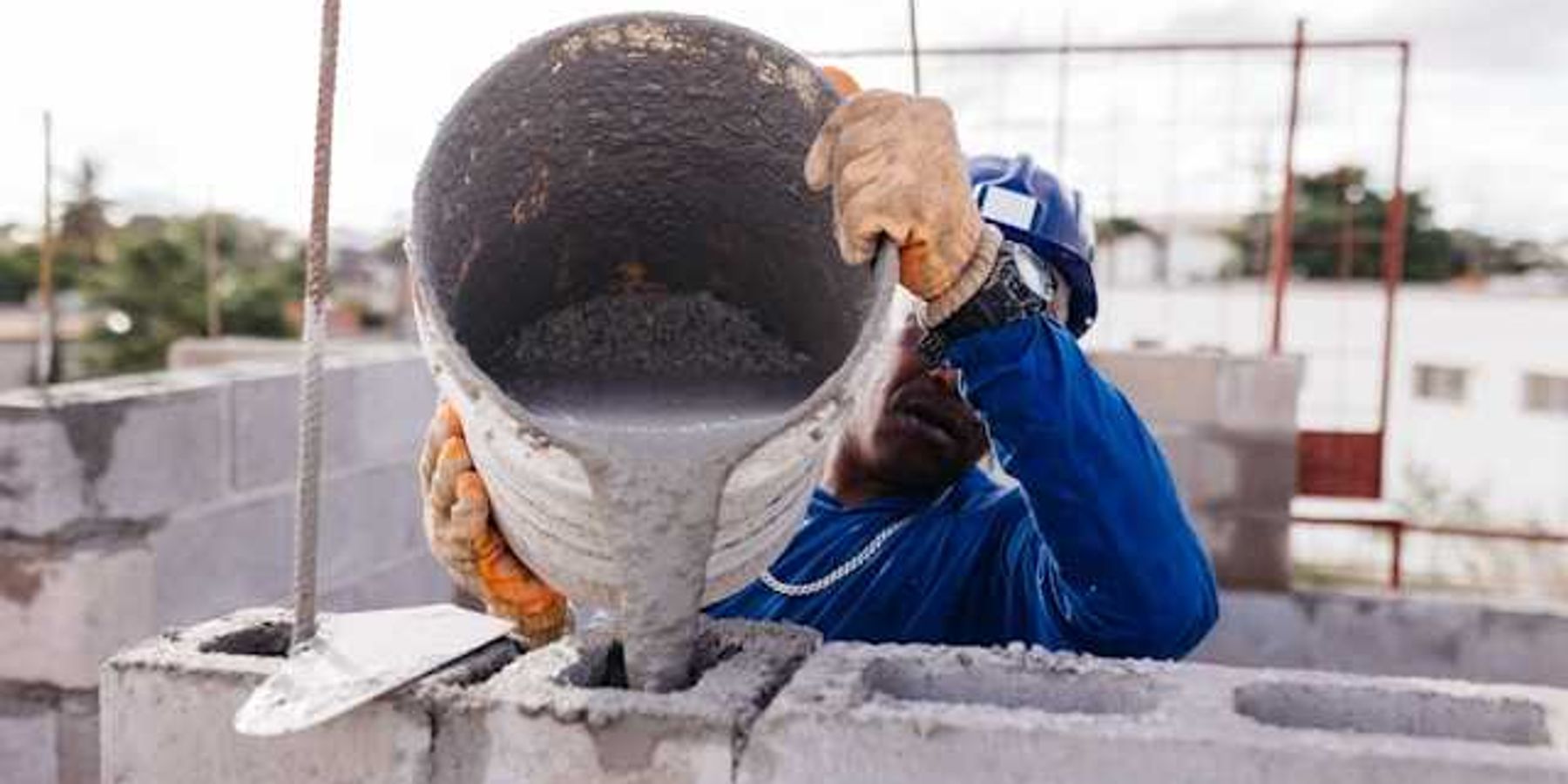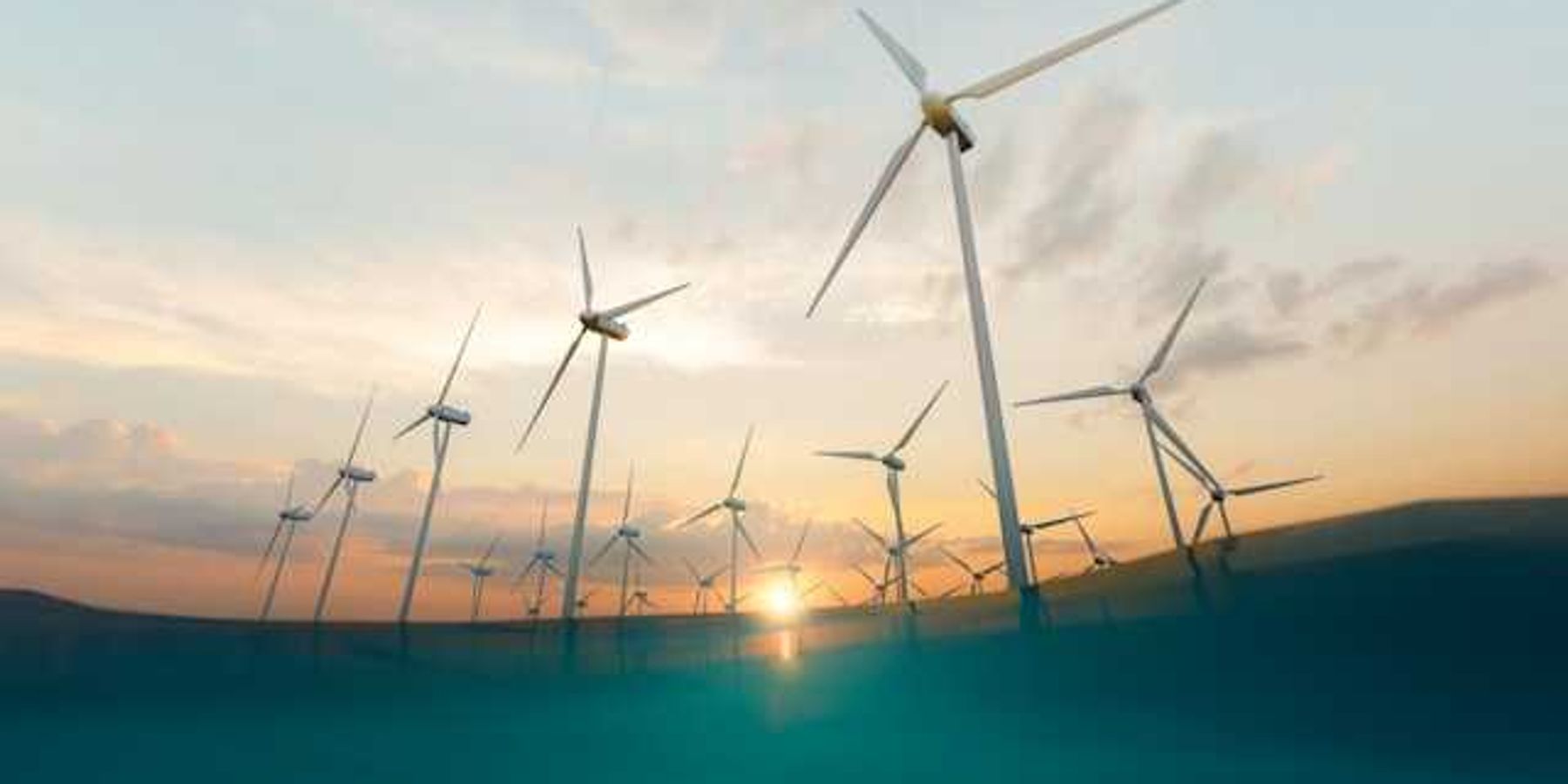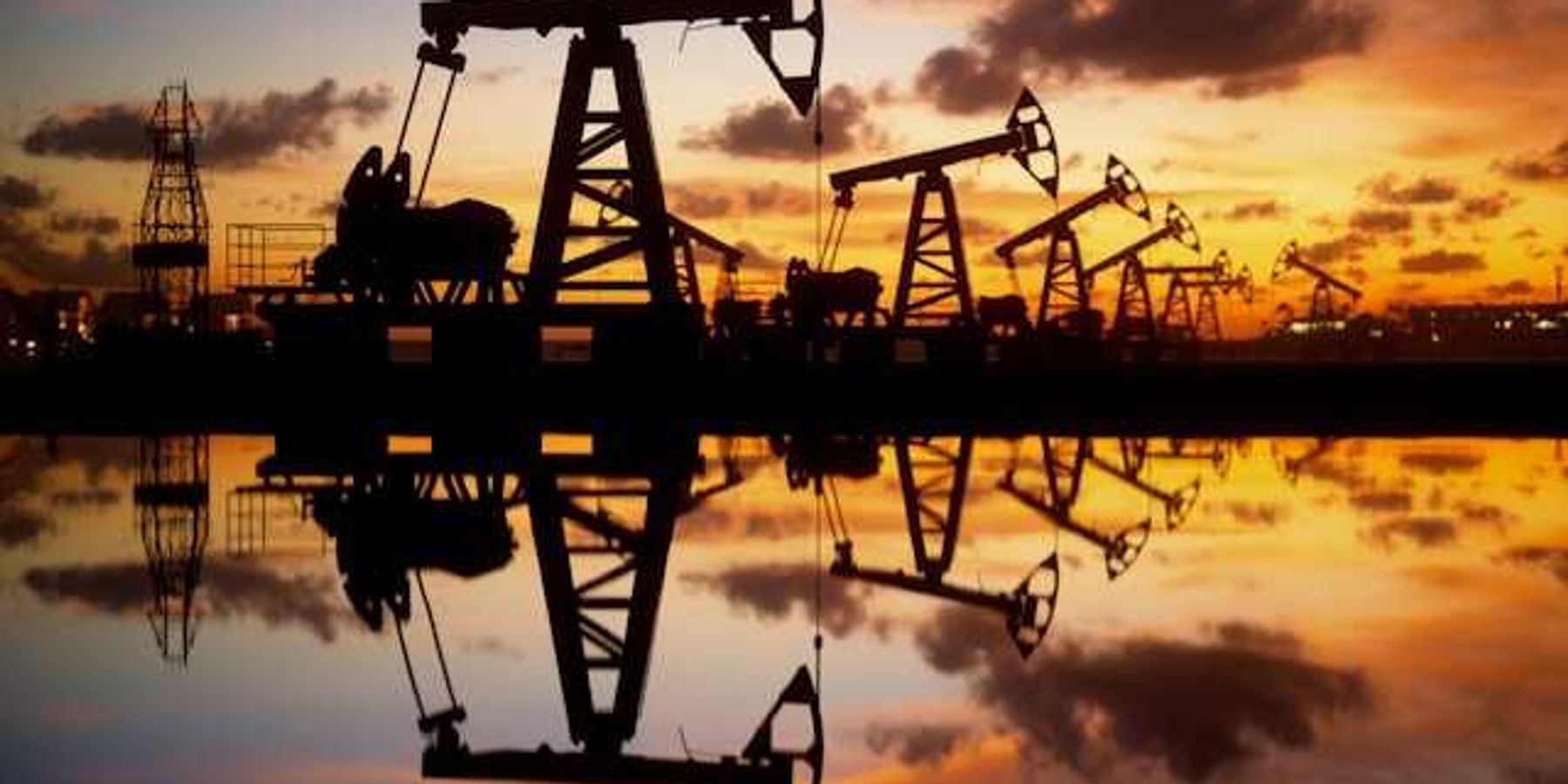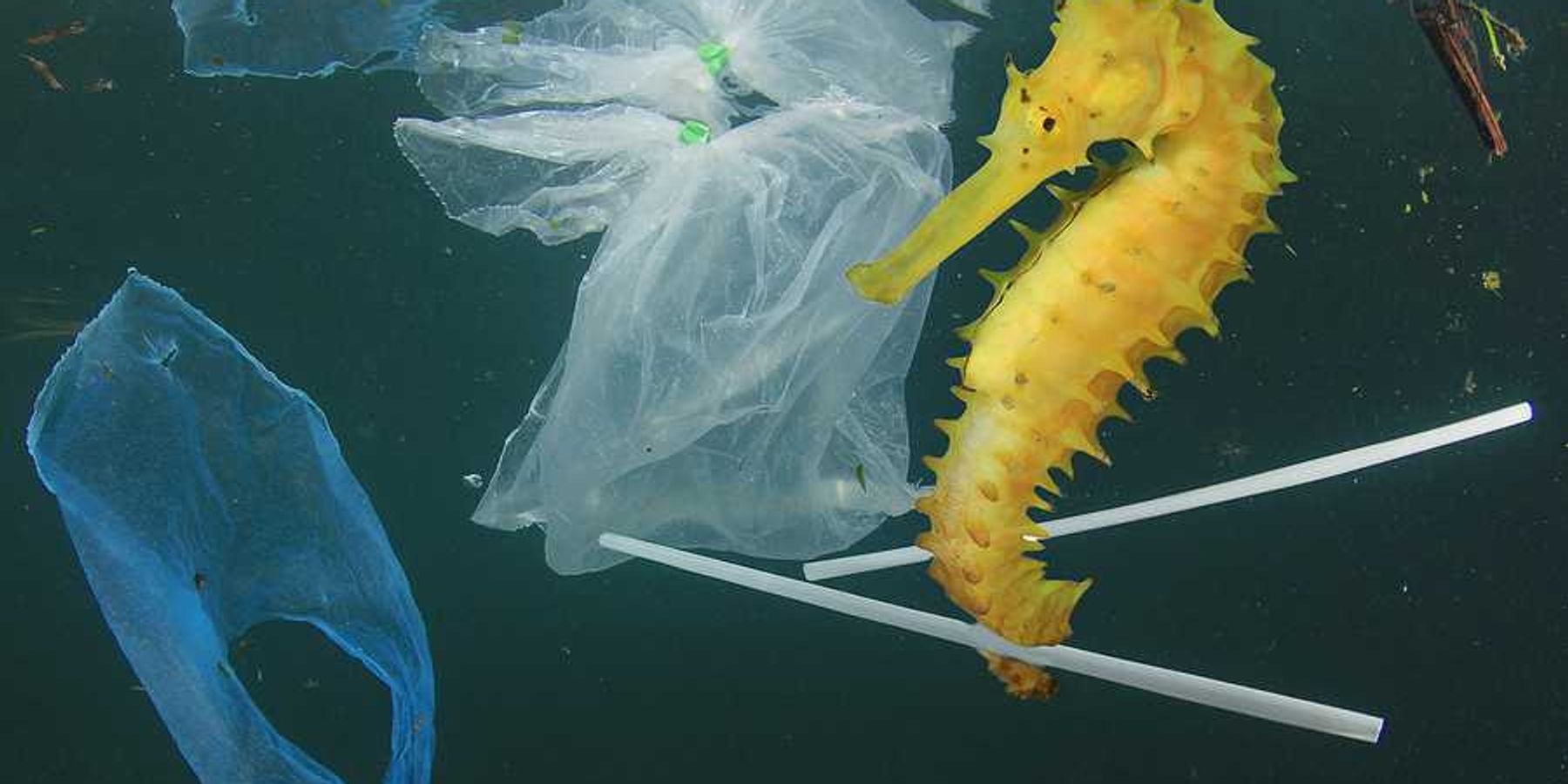Environmentalists take aim at Louisiana carbon-capture projects
Washington Post reporter Timothy Puko writes that White House support for carbon-capture projects is hitting opposition in Louisiana, where locals fear the risks and the influence of fossil fuel industries.
In a nutshell:
The Biden administration's push for carbon capture projects is facing resistance from environmentalists and advocates for environmental justice in Louisiana. The region, known as "Cancer Alley" due to its high cancer rates and proximity of petrochemical plants to Black churches and schools, is a major emitter of carbon dioxide. While the administration sees carbon capture as a tool to reduce emissions, critics argue that it will perpetuate fossil fuel industries and harm local communities.
Key quote:
“I think what bothers me the most is that the oil industry is behind pushing CCS,” Beverly Wright, the executive director of the Deep South Center for Environmental Justice said in an interview. “They can continue doing what they do to make money without doing anything to actually reduce their carbon footprint.”
The big picture:
This debate highlights the challenge of balancing climate goals with environmental justice concerns. Striking a balance between carbon capture and environmental health requires addressing the immediate risks faced by vulnerable communities while simultaneously transitioning to cleaner and more sustainable energy sources.
Read the full article at the Washington Post.
For additional context about the dangers of petrochemical pollution, read EHN reporter Kristina Marusic's award-winning piece: Titans of Plastic.













